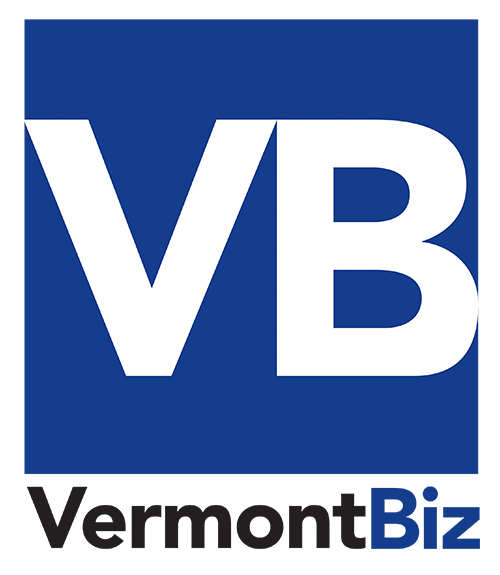
Photo: "Original captive roadshow" will draw 130 to 150 attendees from Vermont, elsewhere in New England, and upstate New York. Courtesy photo.
VermontBiz by CB Hall
On March 27, more than 100 participants will gather at the Hilton hotel on Burlington’s lakefront for a seminar on the status of captive insurance in Vermont. This program, which its sponsor, the Vermont Captive Insurance Association, has dubbed its “original captive roadshow,” will feature a panel of nine, including two executives from Vermont enterprises that rely on captive insurance to manage their risks.
With captive insurance, a company, along with any affiliates, pays its premiums to a subsidiary that the company has established for such a purpose.
While the idea has variants — the Department of Financial Regulation’s website recognizes nine formats — the underlying principle is that the company or group insures itself and thus supervises its own risk management better than an outside insurer might.
Vermont is a natural location for the upcoming event, since the Green Mountain State has more captive insurance companies than any other state or country, having taken over the No. 1 spot from Bermuda in 2023, according to the trade journal Captive Review. The state had more than 600 captive insurance agencies in the journal’s most recent count.
Neither captive insurance nor the VCIA, founded in 1985, is anything new. Self-insurance has been around for more than a century, although the term did not enter the lexicon until the 1950s, when an Ohio steel company formed its own insurance company on the model of the "captive" mines that sold all their ore to the same steelmaker.
Today the world has about 6,000 captive insurance companies, according to Captive Review, meaning that more than 10% of them call Vermont home.
Fittingly, VCIA describes itself as the world’s largest trade association for the captive insurance industry.
The association’s president, Kevin Mead, told VermontBiz that the March 27 event has two primary goals: to present Vermont-based companies that understand the advantages of captive insurance and to demonstrate to students and the academic community that captive insurance is a viable career path and can support many professional, high-paying jobs in Vermont.

Photo: Kevin Mead, president of VCIA. Courtesy photo.
Mead said he expects the program to draw between 130 and 150 attendees from Vermont, elsewhere in New England, and upstate New York.
VCIA roadshows have attracted crowds across North America, but this is the first such show in Vermont in a number of years, Mead said.
“Last year we did a roadshow in Mexico City and a roadshow in Chicago,” he said.
Representing captive owners from Vermont, David Fitz-Gerald, chief financial officer at Carris Reels, and Sunil Eappen, president and CEO of the University of Vermont Health Network. will address the gathering.
The panel will also include representatives from Vermont’s Department of Economic Development and Department of Financial Regulation.
Brittany Nevins, the state’s director of captive insurance economic development, said it is not surprising that the captive insurance industry has gained a foothold in Vermont.
“A big part of it is because we’ve regulated captive insurance companies for 42 years,“ Nevins said. “We have a team of about 30 regulators who focus entirely on regulating captive insurance. We have that expertise.“
Further, she said, “because the industry does have a significant impact on our economy, our Legislature is very supportive. Also, our infrastructure is very robust, not just in our regulatory support but also with service providers to captives.“
VCIA's Mead agreed, noting that a major reason for Vermont’s leadership in the industry “is a proactive Legislature and government that keep up with the pace of business. Every year there’s a captive bill, effectively.“
He pointed to House Bill 659, which would amend the state’s captive insurance laws to enable a captive insurance company to be converted into an unincorporated cell, with all of its assets, rights, benefits, obligations and liabilities remaining unaffected by the process.
“It keeps up with industrial development in different areas, one being parametric risks, to reflect changes in the industry,“ Mead said.
Parametric-risk insurance insures a policyholder against the occurrence of a specific event by paying a set amount based on the magnitude of the event rather than the magnitude of the losses in a traditional indemnity policy, according to the National Association of Insurance Commissioners.
The bill has passed the House and as of press time was awaiting action in the Senate.
C.B. Hall is a freelance writer from southern Vermont.


